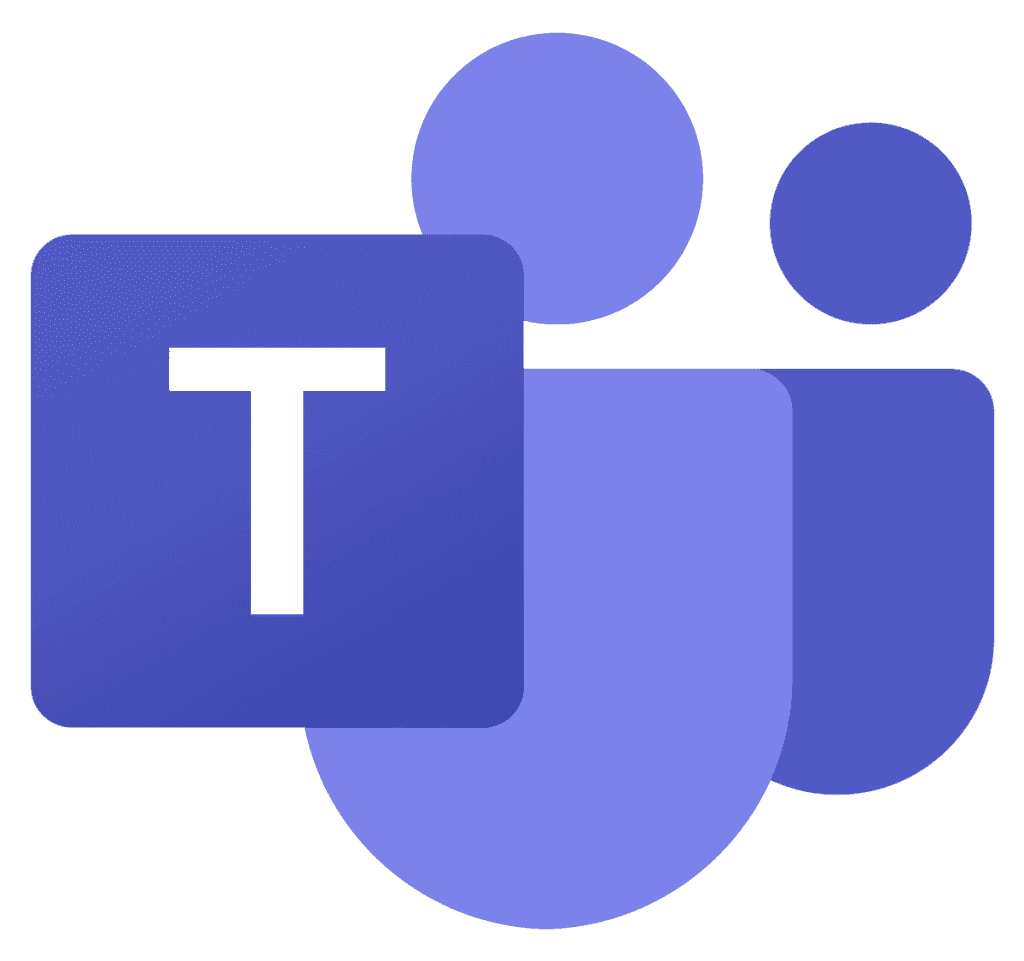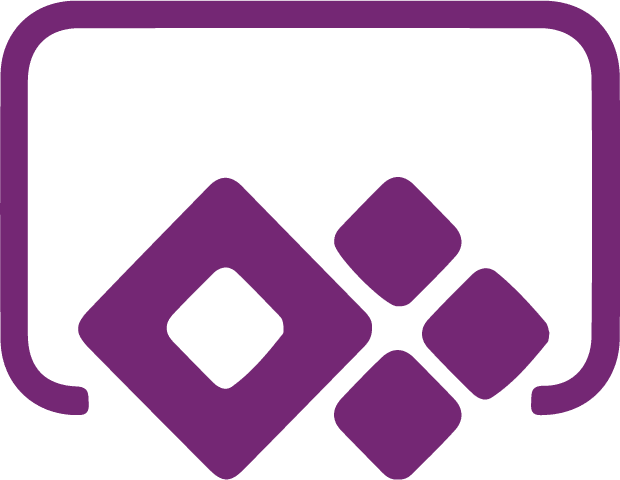
Consistency remains a fundamental building block of good forecasting. As the drive towards total business digitalisation continues, your teams can’t afford to be working in disconnected silos.
Instead, give your people the power to collaborate in one unified interface, sharing applications and data seamlessly – because our working environments matter just as much in the digital space as in the real world.
Ensuring that everyone in your organisation has one common vision and understanding, wherever they are, is key to making better decisions. Excel is still your most vital tool for forecasting, but there’s more that can be done to unlock its potential.
Luckily, there’s a new vital tool in enabling this level of productive forecasting collaboration. It’s one that works in tandem with Excel, and one you likely already use every day, without realising its full opportunities for your forecasting – Microsoft Teams.
Simple, secure, and endlessly customisable
Microsoft Teams offers a wealth of benefits for forecasters, as an easily-integrated tool for collaborating and sharing work – especially when using other vital tools such as Power apps. It’s also a completely free add-on for those already subscribed to Microsoft 365 Business.
What’s more, users can create, tailor and automate apps to your stakeholders’ needs, and update specific persons within your business with an easy-access ‘tab’ on their personal Teams toolbar – rather than needing to manually send links to external apps or sites.

“It’s an endlessly customisable collaborative tool. Teams makes sharing data through Power BI even easier, with the ability to all make notes, share input, and have everything saved post-meeting in one secure, central system."
Andrew Ward, Consulting Director, J+D



A natural progression towards collaboration
During 2020, Teams has steadily risen to become something of a household name – clocking over 115 million dedicated users by Q4, and far outstripping the popularity of other integrated communication software.
More than 500,000 organisations now rely on Teams as the core of their systems – including companies like GSK, who deployed Teams to 95% of their staff in just six weeks during the pandemic.
“We went to over 5 million meeting minutes per day, without any impact on performance,” says Jasdeep Sandhu, Director Strategic Partnerships and Innovation at GSK. “Teams was more stable and reliable than other tools during that period.” As such, when it comes to tailoring forecasts for stakeholders at every level of your business, Teams is not only a powerful choice, but a natural one – because your colleagues are already using it every day.
Centralised, streamlined sharing
As the increasing trend towards digitalization in the pharma industry continues apace, more and more forecasters are capitalising on this opportunity to migrate to more seamless, simplified, centralised systems of working.
“Teams offers so much more control and flexibility in how you design and implement different functionality. Everything renders nicely, and it helps present things in a much more slick, professional, easily-digested manner.”
David Baker, Business Consultant J+D
Andrew adds: “Teams works seamlessly with the Power apps engine and allows us to offer a lot of customisation and functionality, while also presenting everything in a clean, polished user interface. Everything is neatly integrated within the larger Microsoft system, so users only need a single point of sign-on to access exactly the data they need and collaborate with colleagues – without getting IT involved.”
Teams serves as a central hub for your forecasting and collaboration, integrates seamlessly with Power apps and other Microsoft software into one coherent, consistent, and most importantly familiar eco-system.
With Excel still the forecasting tool of choice, Teams is the ideal partner to bring out the best the software has to offer – while also helping future proof your business in the digital space. Enjoy greater control, flexibility and automation, and digitalise your organisation, with J+D Forecasting and Microsoft Teams.
For more on how J+D Forecasting can simplify your pharmaceutical forecasting, click here to talk to our experts.



